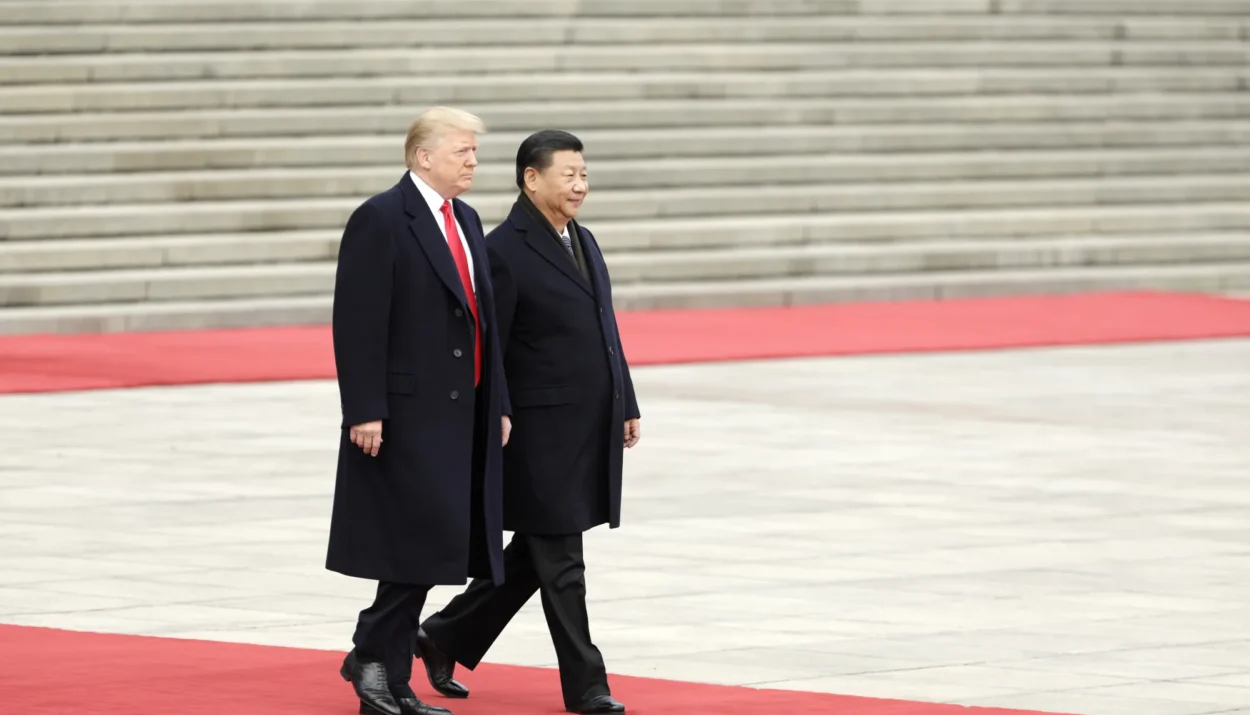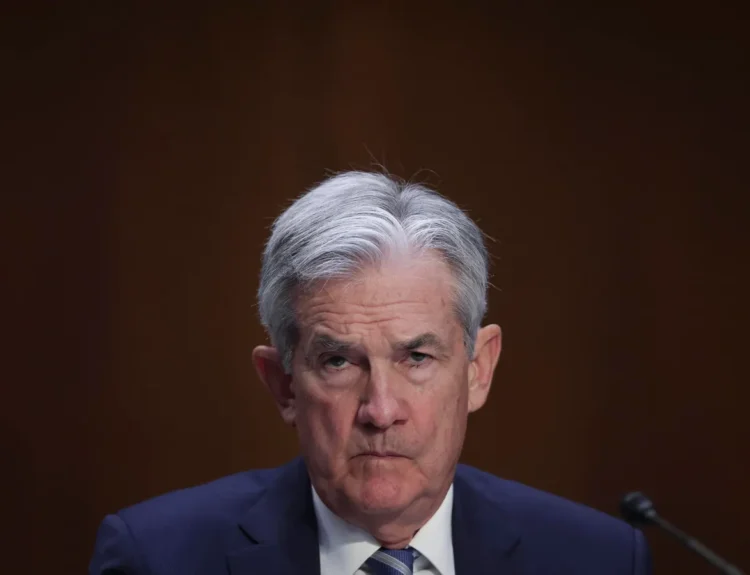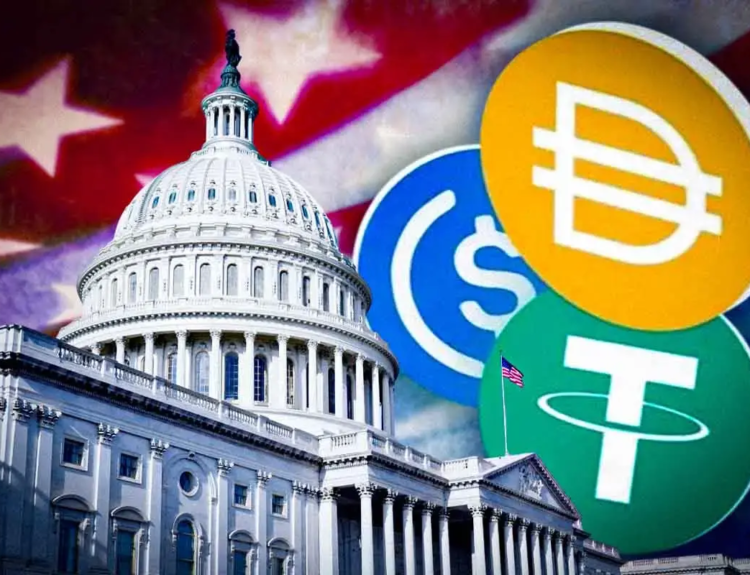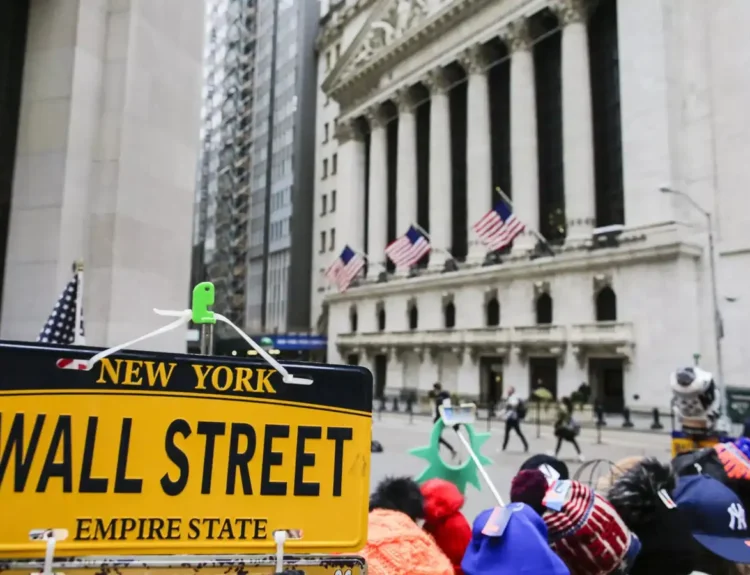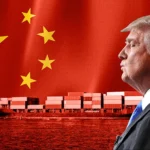President Trump has made clear he sees no turning back — declaring the trade war ongoing and threatening a sweeping 100% tariff on Chinese goods starting November 1. Meanwhile, Treasury Secretary Bessent hinted at the possibility of extending the current tariff pause, suggesting the administration might still seek a face-saving exit.
On China’s side, Xi Jinping has maintained a firm posture, rejecting demands to roll back strategic export controls on rare earths. But Beijing is also under pressure: slowing growth, stalling exports, and diplomatic backlash could make Xi’s position harder to defend.
What’s at Stake for Both Leaders?
Trump’s Calculus
Political intensity: His base expects tough, uncompromising stances. Any backtracking could be seen as weakness.
Economic cost: Higher import costs and inflation hurt U.S. consumers and manufacturers — possibly delivering political backlash.
Negotiating leverage: Escalation can force China further to the bargaining table — or scuttle any chance of a deal.
Xi’s Pressure Points
Export dependency: Many sectors rely on foreign demand, which could suffer under American tariffs.
Domestic stability: Slower growth jeopardizes party legitimacy and social harmony.
Geopolitical balance: Yielding too much under pressure could be perceived as weakness amid global competition.
Signals & Smoke Tests
Trump’s repeated threats to expand tariffs and use “reciprocal” measures suggest he’s pushing for maximal pressure.
The U.S. Supreme Court will soon hear challenges to Trump’s tariff powers, which could constrain his options.
China has already retaliated via sanctions and import suspensions, but has avoided large-scale financial escalations — likely watching U.S. responses carefully.
Probable Paths to a Blink
- U.S. blink first:
- Extend the tariff pause again to prevent economic fallout
- Signal willingness to negotiate around sensitive sectors (e.g. rare earths)
- China blink first:
- Back down on export controls under pressure
- Offer trade or investment concessions to ease tensions
- Standoff stalemate:
- Both sides dig in, neither giving ground
- The conflict drags into 2026, with mounting damage
What’s More Likely?
Given Trump’s political incentives and institutional constraints, a short extension of the tariff pause feels most plausible — a tactical retreat rather than outright surrender. Xi, meanwhile, may lean on incremental easing (e.g. relaxing export curbs) if China’s internal stress worsens.
So, the next move might come from Washington, not Beijing — but whichever leader blinks first, it won’t be without political risk.
Disclosure: This article does not represent investment advice. The content and materials featured on this page are for educational purposes only.
Related:
Trump on US-China trade war: ‘You’re in one now’
US Treasury chief: Beijing’s rare earths move is ‘China vs world’
Trump Escalates Trade War With China: 100% Tariffs, Software Export Bans


